Service-learning is a great way to combine meaningful service to the community with learning objectives. It can be especially effective in helping students improve their academic skills while applying what they learn to address real community needs.
But achieving the expectations of teachers, students, and community partners is not always easy. Careful planning and preparation are required. And active participation by all stakeholders is a must.
Many successful service-learning efforts combine elements of Preparation, Action, Reflection, and Evaluation (PARE). Let's see how ShuraForAll enhances each of them.
Teachers can set the expectations of a service-learning project at the very beginning of starting a shura. Select the 'Start a Shura' button in the main menu to display the Step 1: Setup screen.
Descriptive Title
One of the early challenges is communicating clearly to everyone the intent of the service-learning project. A concise descriptive title helps with this.
Accessibility
Depending on the level of visibility you want to give to the range of stakeholders who may want to actively participate, select the type of access that works best for you. Your choice can be changed at any time to fit changing circumstances.
Leader
It is important to let everyone know who is primarily responsible for maintaining the focus of the effort. Select either yourself or someone else who will take on this role.
Discussion and Decision Dates
To provide everyone with a timeline for moving through the three phases of the project (Discuss, Decide, and Deliver), specify start and end dates. These dates can be changed if necessary to adjust to unexpected events.

Explanation Text
Use this space to explain in detail the expectations of the project. You can provide information on topics like 'What We Plan to Achieve,' 'Responsibilities of the Community Partner,' 'Responsibilities of the Student,' and much more.
Lessons learned from previous projects can also be included. It's a good place to remind everyone that service-learning must be linked to course objectives and provide meaningful service to the community.
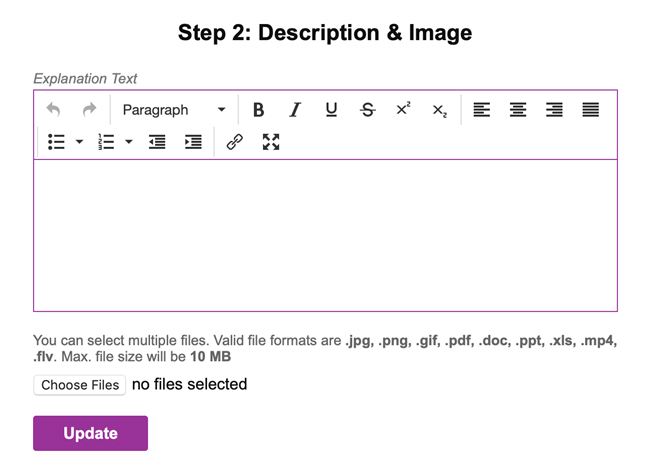
You can also attach as many files as needed that might serve as reference materials taken from other related projects.
Upload Image
Give your project a distinctive look by selecting and uploading an image of choice. This image will be combined with the Descriptive Title you provided in Step 1, and will be seen by all stakeholders to whom you give visibility.
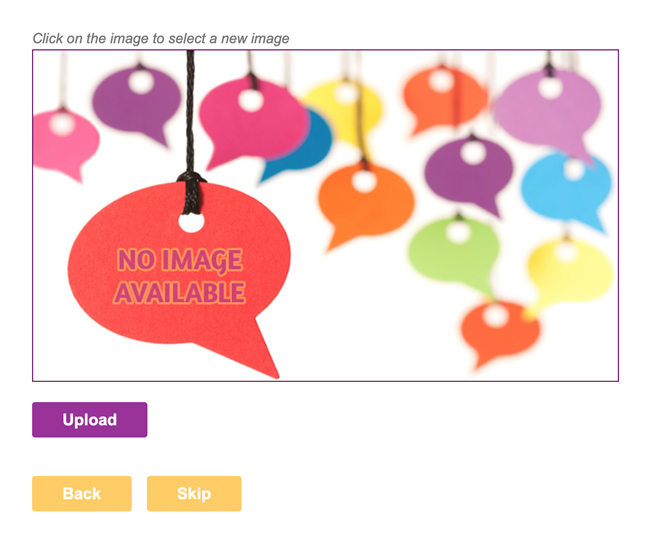
Send an invite to participate
Once you have completed the Setup steps, you can start inviting people to participate in the project. Select the 'Invite' menu option to display the page to send invitations.
Then select the 'Compose' Invite button to construct an invitation message.
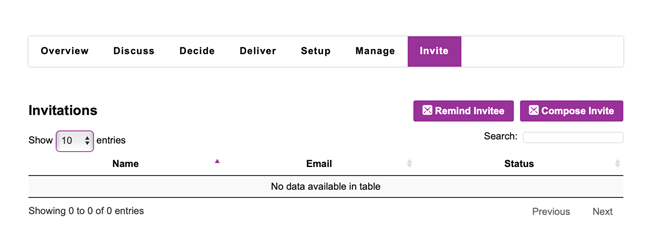
You can invite multiple people at the same time by selecting the 'Add more' link. The 'Message' text box lets you personalize the note according to your needs.
Pulling together the right people really matters. A good example is when the desire is to identify a time-limited group project that meets multiple student and community needs at the same time.
Making this work calls for finding a common point that matches teacher and student interests and learning objectives, while serving community needs. The 'Discuss' phase of the ShuraForAll tool is designed to help with this.
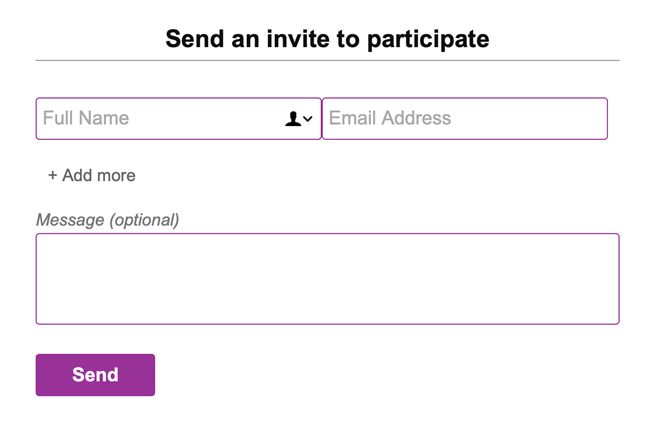
Select the 'Discuss' menu option to get started with adding a comment or a suggested course of action. First add a course of action because every comment requires the context of a proposed course of action. Then select the '+ Comment' button to add a comment.
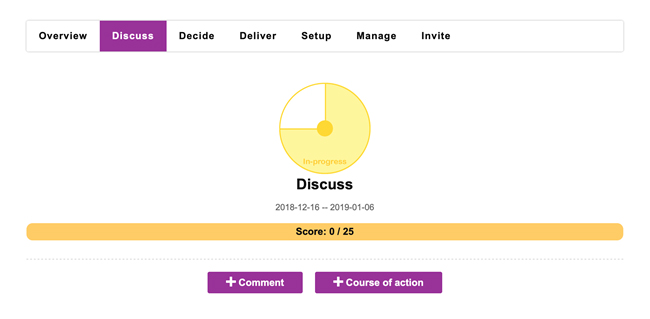
As the project is being planned and participant roles are explained, the Discuss phase can be used to ask questions and clarify answers. Participants can provide evidence that supports points of view by linking their comments to existing internet documents or by uploading their own documents.
Probably one of the most challenging segments of any project is getting the commitment from all stakeholders to carry out their part. The Discuss phase is a good space to work out these details.
At the conclusion of this phase, the next step is to vote on the preferred course of action to take to make the project successful. This happens in the Decide phase.

Deliver phase
Now comes what often is considered the most difficult part of the project: getting things done. To begin, select the 'Deliver' menu option to display the screen where objectives and action steps can be entered.
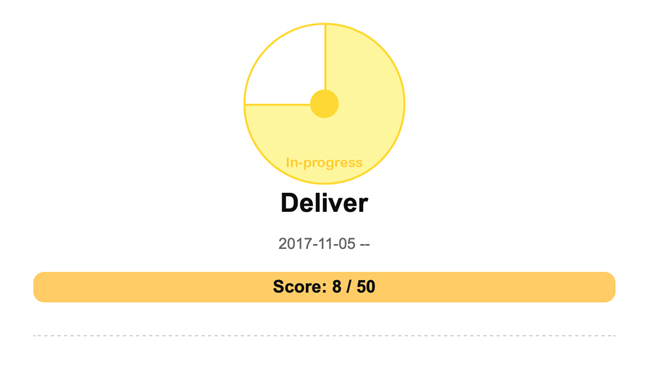
Then select the '+ Add' button to add an objective and all the related action steps. You will notice that every objective is connected to a team, and the team as a collection of individuals carries out the action steps.

As work is being performed, the tool keeps track of everyone's contributions. More on this will be provided in the Evaluation section of this documentation.
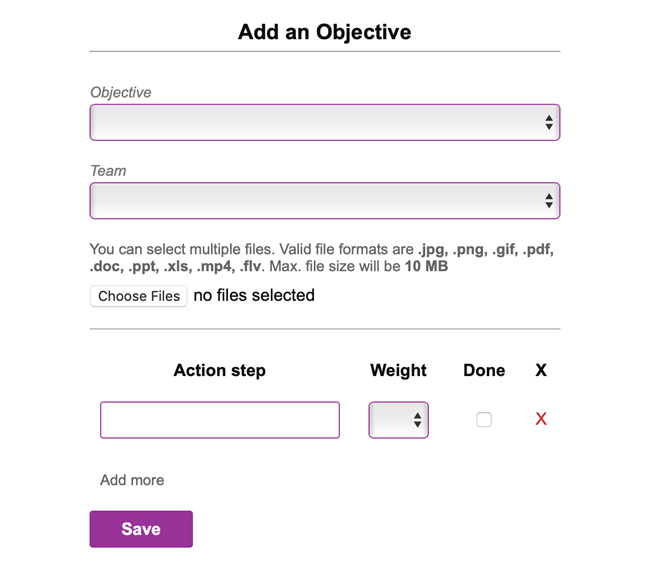
Comments can be added to each action step. This allows the teacher and all other participants to keep each other on task. If an objective or action step is not appropriate, the teacher (or whoever set up the project) can delete the entry.
Reflection is generally recognized as one of the major benefits derived from service-learning activities. It can provide opportunities for teachers, students, and community partners to examine issues such as privilege, power, and inequality.
In support of this, ShuraForAll maintains a repository of all the contents stored in the tool for an unlimited time period. Participants can come back at any time to review and learn from the experiences documented for each project.
Teachers can also share the content with others who were not among the original participants by sending them an invite. And if the idea is to involve students and community partners from other locations at some point in the project, the tool is designed to support that as well.
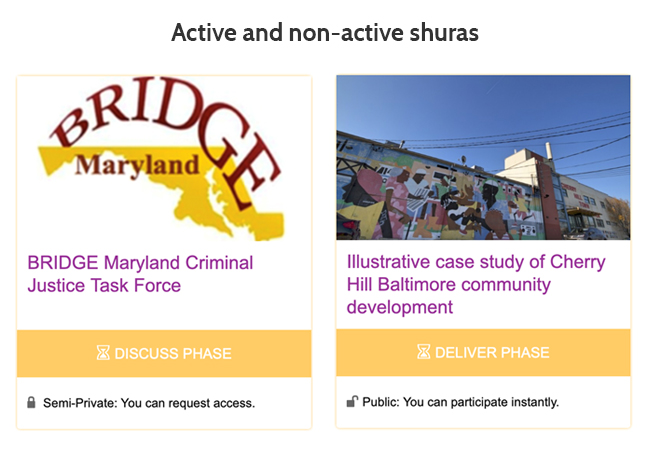
Select the 'Overview' menu option to display the project status for each phase.

Each score is calculated in real-time as progress is made. The number displayed represents the cumulative score of all participants.
For the Discuss and Decide phases, the score is calculated based on the number of unique (each person is counted only once) participants who added a comment or voted on a preferred course of action.

In the Deliver phase, the score is determined by the number of unique participants who enter at least one action step. If a person completes an action step and his/her Achieve Rate score is at least 66%, then an additional point is given.

The Achieve Rate is a measure of completing the action steps that are given a higher weight or greater priority. Using this statistic helps everyone understand the extent to which each person stays focused on the most important parts of the work.
Enter a coupon code to get discount, if you have any.
By clicking the "Pay" button, you agree to the Terms of use.